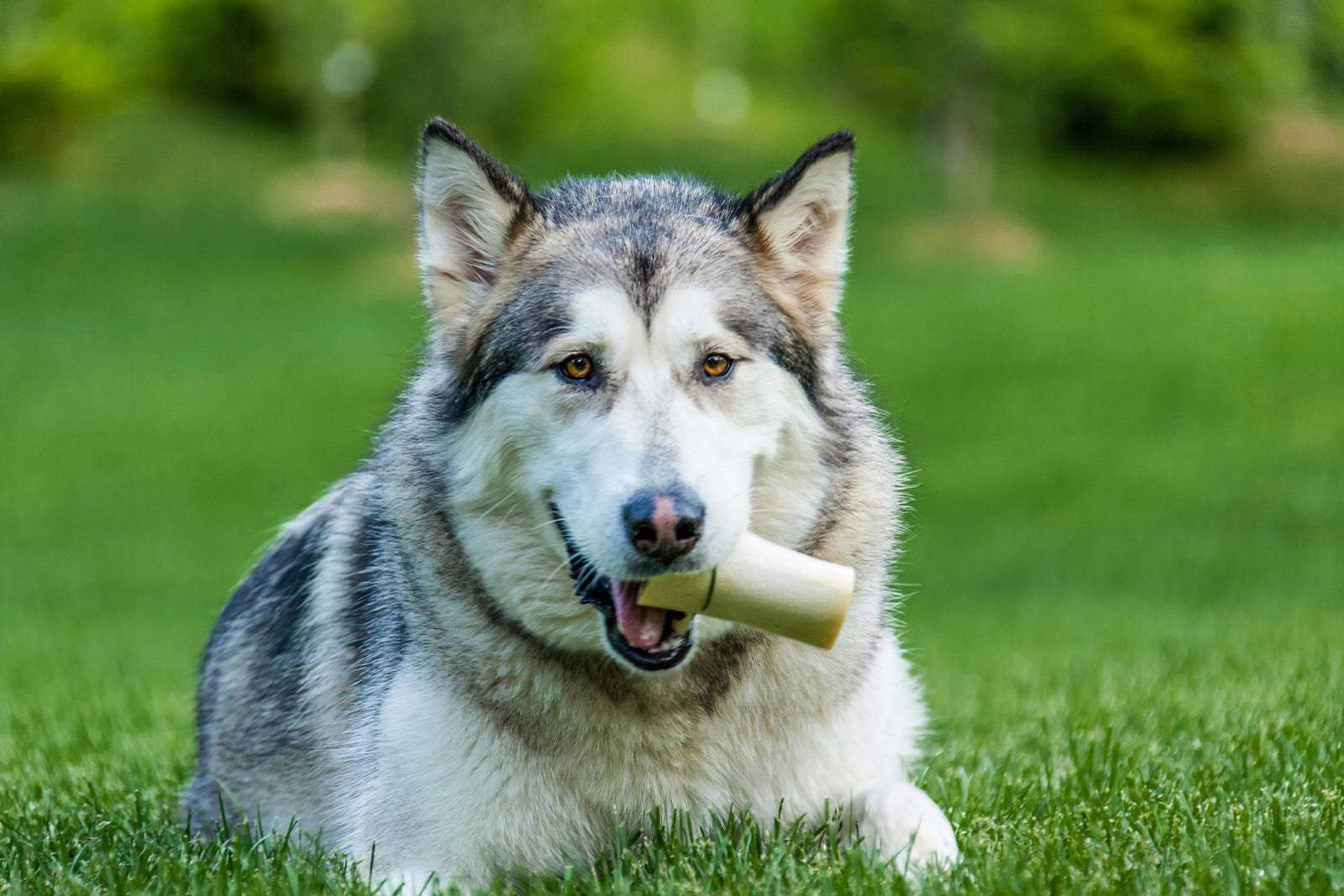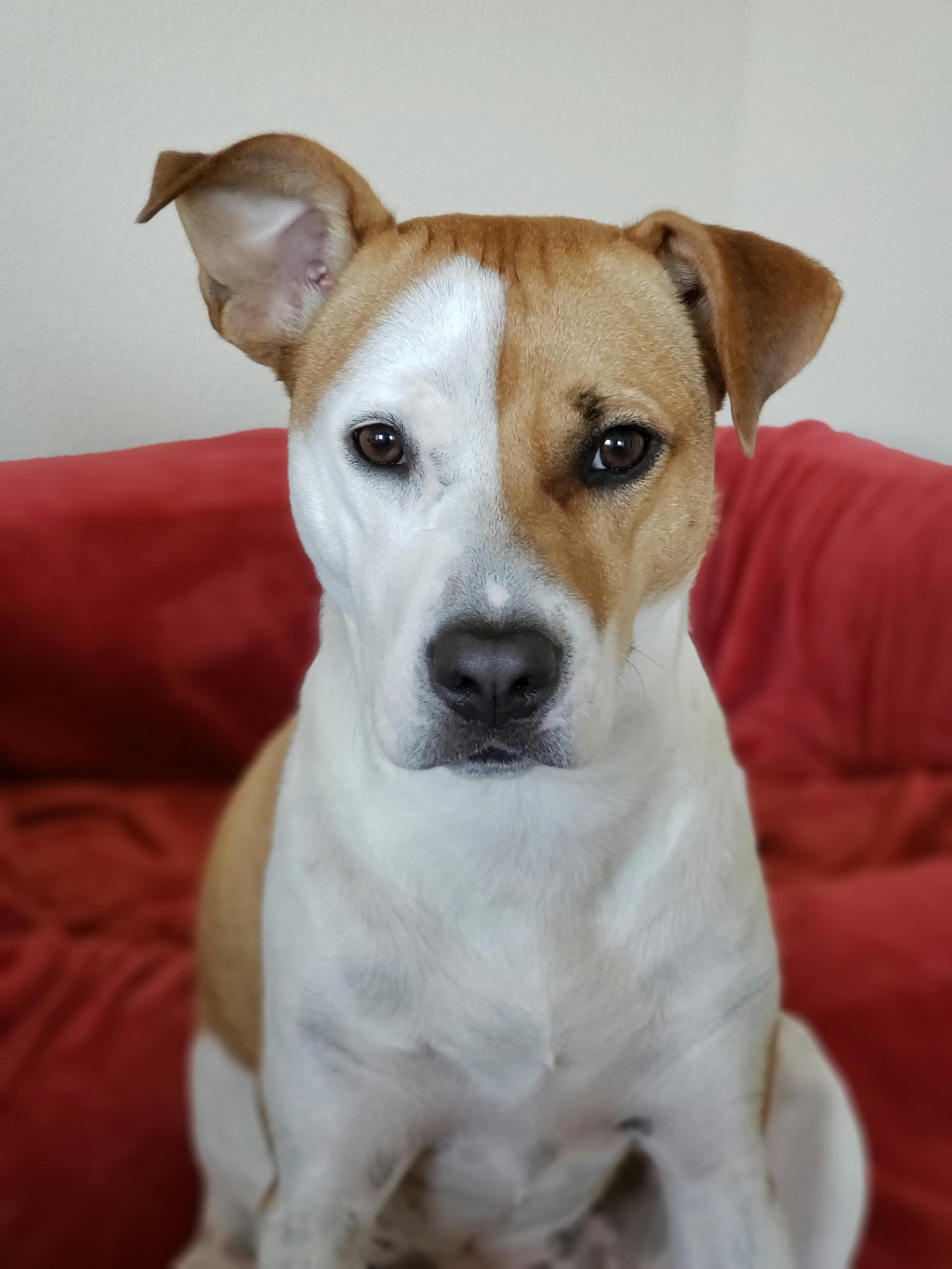Many professional breeders encourage new puppy owners to routinely supplement their pet’s diet with calcium during the entire first year of life for prophylactic
measure. While they may mean well, this can create skeletal issues in your pet
as well as produce deficiencies in other nutrients. In this instance, the risk
of added supplementation of calcium does not outweigh the benefits.
Another factor that influences the condition is inappropriate exercise. During the
period of rapid growth, young dogs should be discouraged from jumping up and
down (such as jumping up to catch a ball), and from standing up on their back
legs. Also running on pavement should be eliminated.
Symptoms of A Dysplasia Hip
The hip joint is a “ball-and-socket” joint. The ball is the head of the femur, and the
socket is the acetabulum of the pelvis. In a dysplastic joint, the head of the
femur fits loosely into a poorly developed, shallow acetabulum. In severe
cases, the head of the femur is completely out of the joint and arthritic
changes are marked. Joint instability and wear occur as muscular development
lags behind the rate of skeletal growth.
The age of onset hip dysplasia is 4 to 12 months of age. The affected puppy will show
pain in the hip, walk with a limp or a swaying gait, and have trouble in the
hindquarters when getting up. When placed on his back, the puppy will show pain
and discomfort when the rear legs are extended into a frog-like position.
Diagnosis And Treatment
A proper diagnosis can only be accomplished with an x-ray of the hips and pelvis. A
major problem with performing an x-ray is that the dog will be required to be
under heavy sedation or anesthesia, which carries its own set of risks. If you
do opt to carry out the test, the x-ray will allow your veterinarian to grade
the severity of your pet’s hip dysplasia, which ranges from mild to severe. The
diagnosis depends on the placement of the head of the femur into the
acetabulum. Once the condition is this severe, it cannot be reversed. Lameness
is unpredictable and can be present or not noticed.
There are some procedures that can give your pet some relief for the pain. These
include acupuncture, veterinary skeletal chiropractic adjustments, massage,
hydrotherapy, and if required, pain medication.
Acupuncture and Acupressure
Many pet owners have touted acupuncture as a great means to help relieve chronic pain from hip dysplasia. This ancient form of Chinese has no negative side effects,
and it is a good treatment method to try to provide your pet some comfort and
improve their mobility.
Acupressure is like acupuncture except that instead of using needles, the practitioner’s
hands, elbows and knees are used to maintain light pressure on the same
meridian points that are used in acupuncture. Acupressure is easier for those
that wish to perform at-home treatments for their ailing pet. There are a
variety of books and how-to videos out there to help you get started. Just make
sure to consult with your veterinarian before you start to attempt this
treatment yourself.







